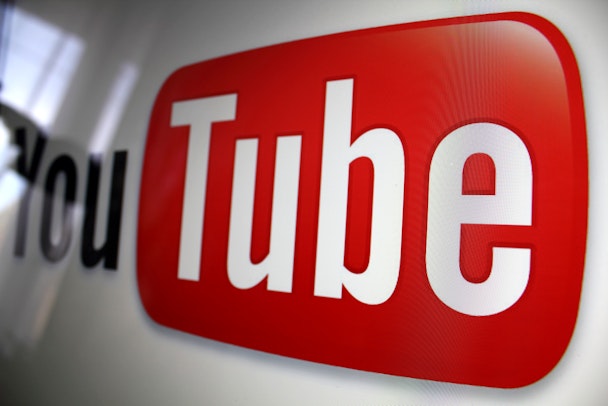When will marketers start tailoring TV ads for YouTube?
Early reaction to YouTube's decision to axe 30-second unskippable ads suggests that advertisers will no longer be able to just repurpose their TV ads for the channel. Is it enough to just repurpose an TV ad for YouTube, can the same work fit both platforms or is it time for marketers to evolve their idea of video to suit modern tastes?

advertisers will no longer be able to just repurpose their TV ads
Historically, advertisers have taken a one-size fits all approach to multi-platform advertising, but it is increasingly apparent that this isn't enough.
While some advertisers are currently pioneering YouTube-specific video ad formats, this will need to quickly become the norm if everyone wants to continue seeing results.
The Drum touched down with industry experts to learn the future of YouTube ads.
David Carr, strategy director, DigitasLBi
Online video, especially YouTube, is a powerful channel to give incremental reach to campaigns but also fulfill other more direct or ‘down-funnel’ roles. Yet this incremental role has often led to a reliance on repurposing assets – maybe a cut-down here, maybe an aspect ratio change there, perhaps even some captions if the TV ECD doesn’t get too upset – or other ‘cost-effective’ ways of taking material that works in one channel and fitting it into a smaller, streaming, attention challenged space. Digital/mobile/social job done.
Channels have a big impact on how a story is told. In comms and media planning we choose channels not just for reach but also their relevance and receptivity. With most brand videos not getting past eight seconds (or the laughably short one to three seconds that count for a view in some places) you need to think differently.
You need to find unexpected and interesting ways to hold attention and land a brand impact – open big and compelling, or go home. You also need to be relevant to the person who has (hopefully) even actively chosen to watch, or you have to respect the majority who have no cultural or mental link between ads being present and the supply of the content they actually want.
Online video is a powerful tool but we need to be realistic about its strengths and weaknesses if we are going to achieve results. But just getting out a crowbar and some lube to fit your TV copy onto YouTube doesn’t cut it (and never did).
Florence Lujani, director of social and influencer relations, J. Walter Thompson London
It’s still good practice for brands to make their TV ads available online, but brands should recognise the opportunities of social media and exploring different engaging formats to enhance their story-telling.
Media can play a key role in amplifying and reinforcing key messages of a creative campaign using different content and formats. Brands should create supporting content, like behind-the-scenes, in-depth stories, interviews, etc, designed for online only, to give more breadth to a campaign and create more relevance across different digital touchpoints.
This means that in digital, a campaign can be much more than a 60-second tv ad, have a bigger impact and attract consumers, even when they are not in the right mind set.
Eva Tuckman, PPC director, Roast
Unskippable ads have generally always had higher video view abandonment rates, as consumers can then decide that the video they're about to watch is not worth 30 seconds of advertising.
As Facebook video consumption continues to grow at astonishing speed, Google need to keep consumers engaged on YouTube while allowing advertisers to continue to pay per view of their video content. The attention spans of consumers across all video platforms is declining and this move, as well as the creation of more “bumper” ad formats, will help to readdress the balance between user experience and expectation and ad revenue.
It will be interesting to see how advertisers react to this move, as the disparity between TV and digital video advertising widens. Whereas historically advertisers have often just used a repurposed TV ad for YouTube, it is becoming increasingly apparent that this won’t be enough for long.
While some advertisers are currently pioneering YouTube-specific video ad formats, this will need to quickly become the norm if everyone wants to continue seeing results.
Content created with:

ROAST
We are ROAST.
Our goal is simple, to increase the return on your advertising spend (ROAS).
We do this by simplifying the problem and moving forward...

